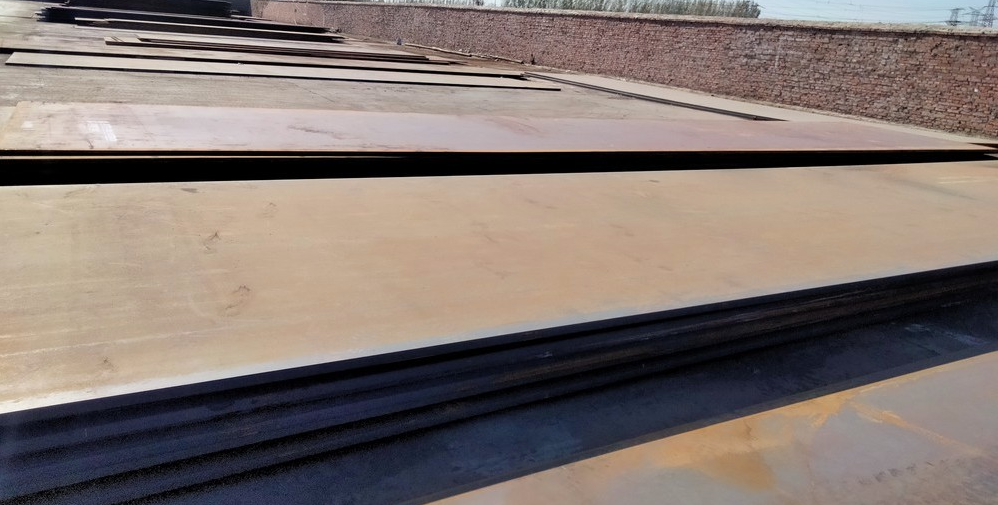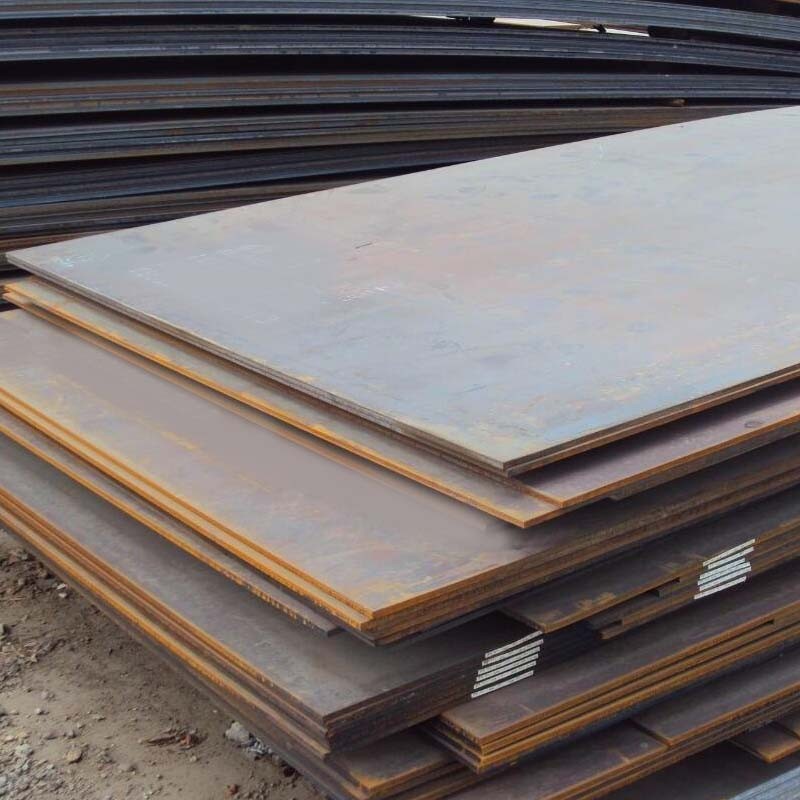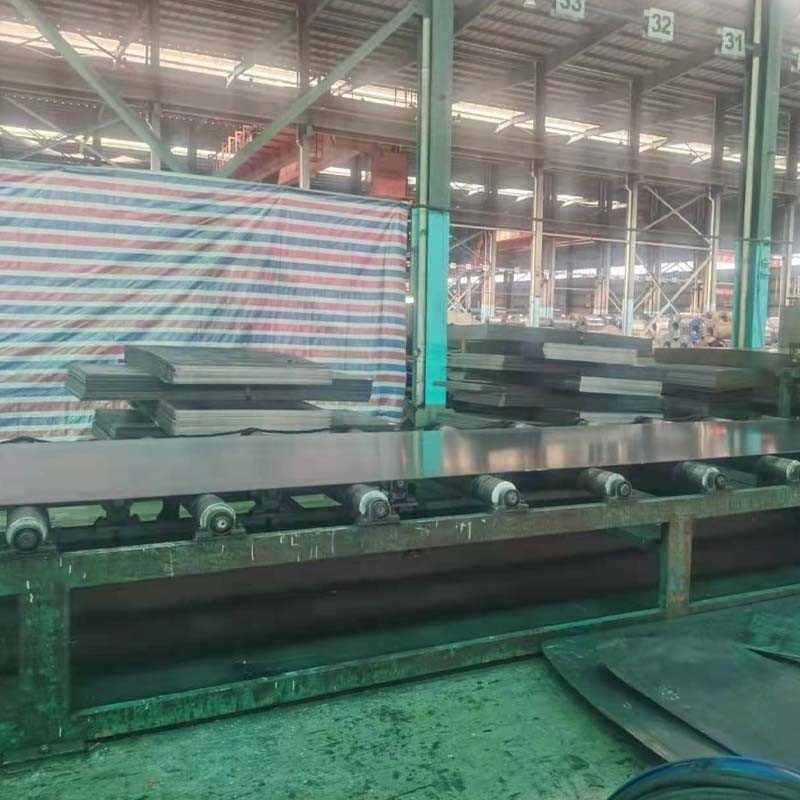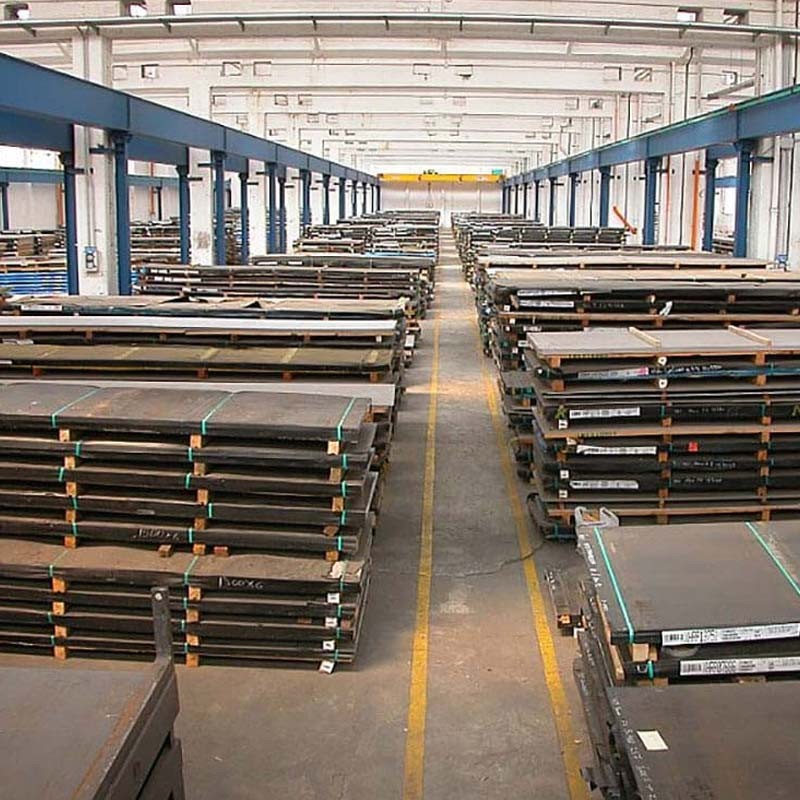Acid-resistant round steel, also known as acid-resistant steel or acid-resistant round bar, is a type of steel specifically designed to resist the corrosive effects of acids and other aggressive chemicals. It is used in various industrial applications where the material comes into contact with acidic substances, such as chemical processing, petrochemical, pharmaceutical, and food processing industries.
The properties of acid-resistant round steel are achieved through specific alloying elements that enhance its corrosion resistance. Some common alloying elements found in acid-resistant steel include chromium, nickel, molybdenum, and sometimes additions of copper or tungsten. These elements create a protective layer on the steel's surface, preventing the acid from penetrating and causing corrosion.
Key features and advantages of acid-resistant round steel include:
Corrosion Resistance: The primary characteristic of acid-resistant round steel is its ability to withstand the corrosive effects of acidic environments. This makes it ideal for equipment and components exposed to acids, strong alkalis, and other corrosive substances.
High Strength: Acid-resistant steel retains good mechanical properties, including high tensile and yield strength, which ensures the structural integrity of the components in harsh environments.
Temperature Resistance: Acid-resistant round steel can maintain its corrosion resistance at elevated temperatures, making it suitable for applications involving hot acidic solutions.
Versatility: Acid-resistant steel is available in various grades and specifications, allowing it to be tailored to specific chemical environments and process conditions
Low Maintenance: The corrosion-resistant properties of this steel reduce the need for frequent maintenance and replacement of equipment, leading to cost savings over time.
Hygienic Properties: In industries like food processing and pharmaceuticals, acid-resistant steel's smooth surface makes it easy to clean, ensuring hygienic conditions for sensitive applications.
Acid-resistant steel can be divided into three categories according to its organization:
(1) Austenitic stainless steel has good corrosion resistance, certain strength and good toughness
(2) Ferritic stainless steel, which has slightly poor corrosion resistance but good oxidation resistance;
(3) Martensitic stainless steel, which has poor corrosion resistance but good strength properties, can manufacture parts with higher mechanical performance requirements and lower corrosion resistance.
Divided into two groups according to their use
The first group is stainless steel, that is, steel that can resist corrosion in the air, and is mainly used in the manufacture of steam turbine blades, measuring tools, medical equipment, cutting tools, tableware, etc.
The second group is acid-resistant steel, that is, steel that can resist corrosion in various aggressive media, and is mainly used in the manufacture of acid-making equipment, urea equipment, ship control equipment, and navigation equipment.
It's important to note that while acid-resistant round steel provides excellent corrosion resistance, it may not be immune to all types of acids and concentrations. The selection of the appropriate grade of acid-resistant steel depends on the specific corrosive environment and concentration of acids.
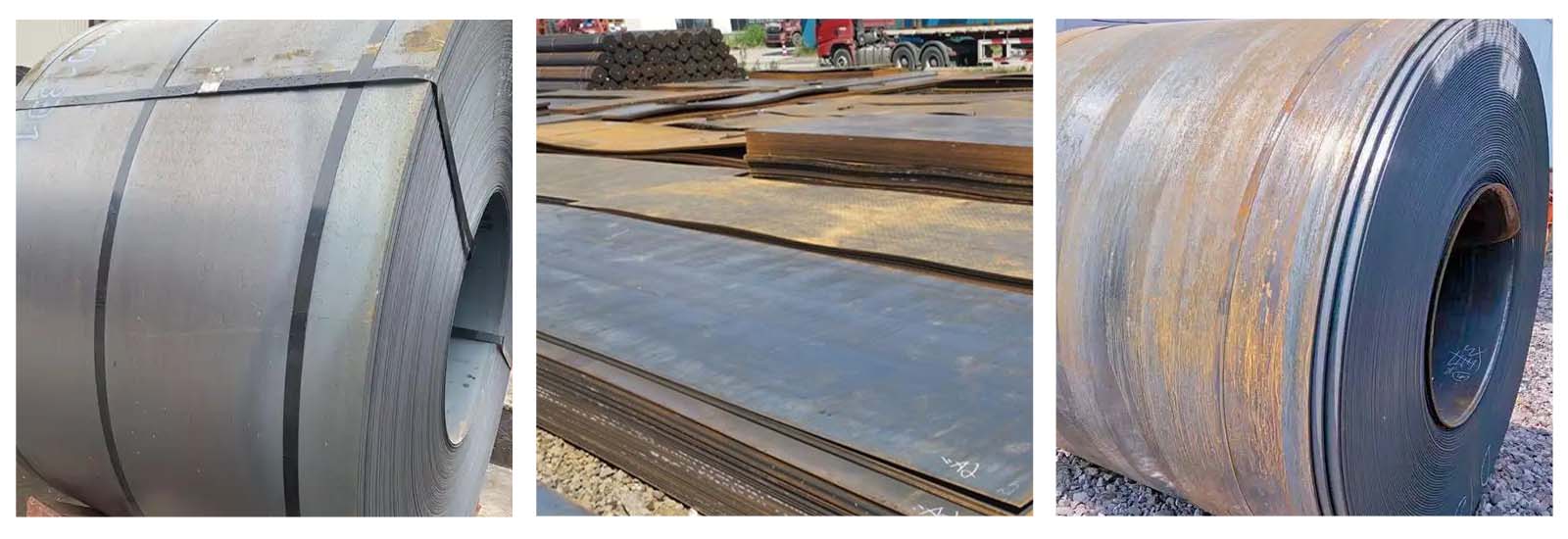
In China, acid-resistant round steel is typically manufactured and specified in accordance with Chinese national standards known as GB/T (Guo Biao Tuijian) standards. The main GB/T standard for acid-resistant round steel is:
GB/T 1220: This standard specifies the requirements for stainless steel bars, including round bars, square bars, hexagonal bars, and other shapes. GB/T 1220 includes various grades of stainless steel, some of which offer enhanced resistance to acidic environments.
GB/T 1220 covers stainless steel grades such as 1Cr18Ni9, 1Cr18Ni11Nb, 1Cr17Ni7, 0Cr18Ni11Nb, 0Cr18Ni9, and others, which are suitable for use in corrosive conditions, including exposure to acids.
This standard outlines the chemical composition, mechanical properties, heat treatment, and testing requirements for acid-resistant round steel. It provides guidelines for material selection, manufacturing processes, and quality control to ensure the performance and durability of acid-resistant steel in acidic environments.
In the United States, acid-resistant round steel is typically manufactured and specified in accordance with various ASTM (American Society for Testing and Materials) standards that define the chemical composition, mechanical properties, and other characteristics of the material. Some of the commonly used ASTM standards for acid-resistant round steel include:
ASTM A276/A276M: This specification covers stainless steel bars and shapes, including round bars, that are used for a wide range of applications, including resistance to acidic environments. It includes various grades of stainless steel that exhibit different levels of acid resistance, such as austenitic, ferritic, and duplex stainless steels.
ASTM A479/A479M: Similar to ASTM A276/A276M, this specification covers stainless steel bars, including round bars, for use in corrosive environments and other general applications.
ASTM A193/A193M: This specification covers alloy and stainless steel bolting materials for high-temperature or high-pressure service. Some grades within this specification can offer acid resistance, particularly in elevated temperature environments.
ASTM A314: This specification covers stainless steel billets and bars for forging, which can be used for acid-resistant round steel applications.
NACE MR0175/ISO 15156: While not an ASTM standard, NACE MR0175/ISO 15156 is an internationally recognized standard that addresses the requirements for carbon and low-alloy steels exposed to acidic environments containing hydrogen sulfide (H2S). It provides guidelines for selecting suitable materials and manufacturing methods to prevent sulfide stress cracking and hydrogen-induced cracking.
These ASTM standards provide guidelines for material selection, manufacturing processes, and testing to ensure the quality and performance of acid-resistant round steel in various corrosive environments. The specific grade of acid-resistant steel to be used depends on the type of acid or corrosive substance it will encounter, the concentration and temperature of the solution, and other environmental factors.
In the United Kingdom, acid-resistant round steel is commonly specified and manufactured in accordance with various British Standards (BS) and European Standards (EN) that define the requirements for this type of material. The most relevant standards for acid-resistant round steel in the UK are:
BS EN 10088-3: This European Standard specifies the technical delivery conditions for semi-finished products, bars, rods, wire, sections, and bright products of corrosion-resistant stainless steels for general purposes. It includes various grades of stainless steel that offer resistance to acidic environments.
BS EN 10095: This European Standard specifies the requirements for heat-resisting steel and nickel alloys in the form of bars, forgings, and plates for use in corrosive environments, including acids.
BS 6744: This British Standard covers stainless steel bars for the reinforcement of and use in concrete. Although primarily focused on concrete reinforcement, it includes grades suitable for acid-resistant applications.
NACE MR0175/ISO 15156: While not a British or European standard, NACE MR0175/ISO 15156 is an internationally recognized standard that addresses the requirements for carbon and low-alloy steels exposed to acidic environments containing hydrogen sulfide (H2S). It provides guidelines for selecting suitable materials and manufacturing methods to prevent sulfide stress cracking and hydrogen-induced cracking.
In Japan, acid-resistant round steel is typically specified and manufactured in accordance with Japanese Industrial Standards (JIS) that define the requirements for this type of material. The most relevant JIS standard for acid-resistant round steel is:
JIS G4303: This Japanese Industrial Standard specifies the requirements for stainless steel bars, including round bars, for general applications. It covers various grades of stainless steel, including those with enhanced resistance to acidic environments.
JIS G4303 includes several stainless steel grades suitable for different corrosive environments, including acids. Some of the common grades used for acid-resistant applications include SUS304, SUS316, SUS321, SUS347, and others. These grades offer varying levels of corrosion resistance and mechanical properties, making them suitable for a wide range of acidic conditions.
JIS G4303 outlines the chemical composition, mechanical properties, heat treatment, and testing requirements for acid-resistant round steel. It is an important standard for material selection and manufacturing processes to ensure the quality and performance of acid-resistant steel in corrosive environments.
Specifications and sizes:
Hot-rolled sour white 5.5~∮110mm, cold-drawn polishing ∮2~∮110mm, centerless grinding ∮4.0~∮60mm, peeling and calendering ∮6~∮300mm, tolerance h9 or according to the order requirements.
Length:
Steel is usually 2000~6000 mm in length. Steel products with a length of not less than 1500 mm are allowed to be delivered, and their weight shall not exceed 10% of the total weight of the batch; however, high-alloy steels are allowed to be delivered with a length of not less than 1000 mm, and their weight shall not exceed 10% of the total weight of the batch.
Stainless steel round bar knowledge and tolerance requirement range, straightness deviation: Unless otherwise specified, mechanical hot-worked or cold-worked bars are supplied in a mechanically straightened state.
The deviation is as follows:
Hot-processed bar:Any 1.50m is 3mm, but not more than 3.00mm×(length m/1.50)
Cold-worked bar:Any 1.50m is 3mm, but not greater than 1.50mm×(length m/1.50)
